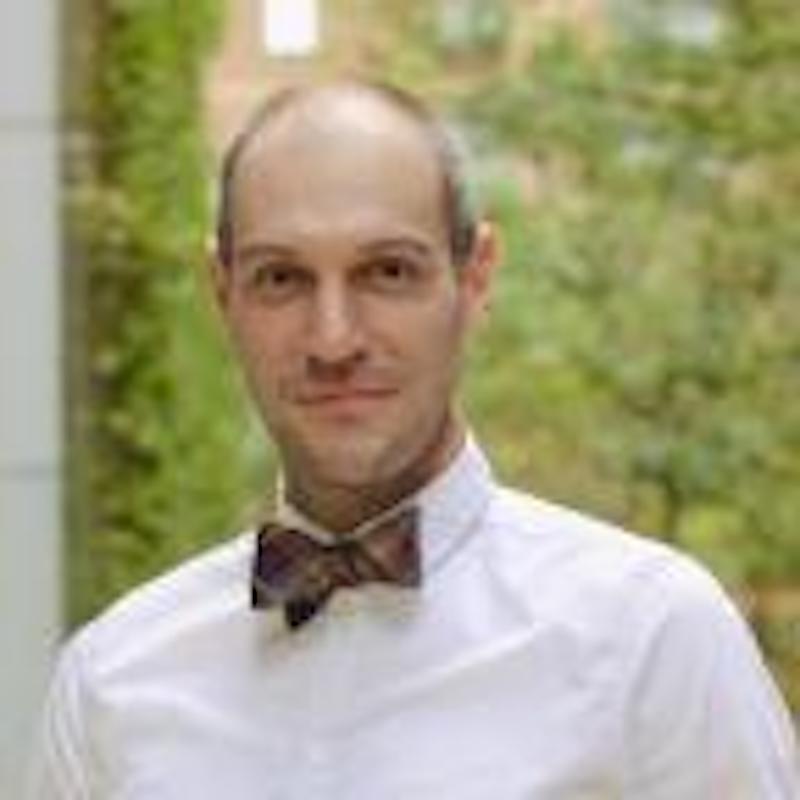
Determining the biological activity of the pks15 frameshift allele and its correlation with a novel class of transmission-associated mycobacterial lipids
The human pathogen Mycobacterium tuberculosis contains a wealth of biologically active lipids. These structures do not simply impart the organism with an impervious physical barrier. They also act as dynamic elements of the host-pathogen interaction through which pathogenesis, virulence and disease outcome are manifested. We have identified a novel series of lipids whose differential expression is associated with transmission success among circulating strains. This family appears to be structurally related to the phenolic glycolipids, a class known for it virulence. However, these lipids are isolated from a lineage of strains that contain a mutation within the polyketide synthase (pks15) essential for their biosynthesis. Our current understanding of pks15 function is that this particular mutation, a 7bp deletion that results in a frameshifted truncated product, renders the gene product non-functional. However, there are indicators that the mutant pks15 maintains biological function and is under positive selective pressure. Moreover, we present preliminary data that knock down of the mutant pks15 results in a corresponding reduction in the expression of the novel lipid series. Together, these data provide the basis from which we form the following hypothesis: Naturally occurring mutant pks15 is biosynthetically active and produces structural variants of the phenolic glycolipid family. To test this hypothesis, we propose a series of experiments to definitively elucidate the structure of the novel lipid products and link their biosynthesis to the enzymatic activity of pks15. We will utilize a combination of targeted gene expression together with a liquid chromatography-mass spectrometry lipidomics platform. The project is designed to expand our understanding of novel biology and has the potential to identify the first pathogen-derived factor associated with transmission success. By establishing the chemical structure of a novel lipid family and linking them to a gene with a previously unrecognized function, we would be well poised to expand the project into investigations ranging across multiple disciplines including biochemistry, genetics, immunology and transmission biology.
